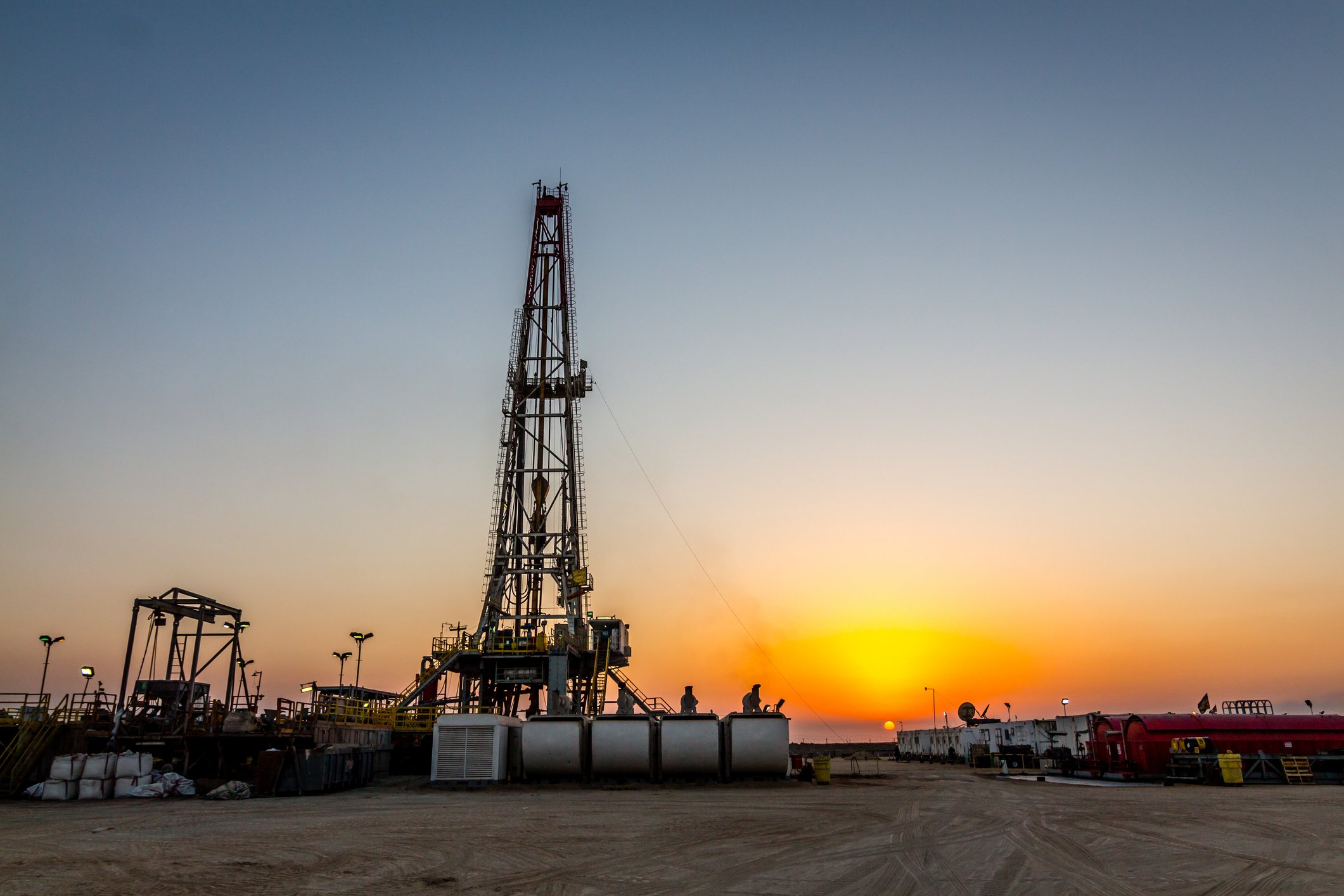
Image source: Getty Images.
What happened
Shares of oil and gas company Halcon Resources (HK +0.00%) rose over 22% Wednesday morning after announcing a $500 million divestiture, a $400 million stock offering, and an agreement to purchase $705 million of land in the Southern Delaware Basin. The independent energy developer has the option to purchase an additional $165 million of land in the trendy formation. Either way, it doesn't plan on wasting any time developing the new acres.
So what
These days it seems that every energy company is stampeding toward the Delaware Basin, part of the Wolfcamp formation, which the U.S. Geological Survey estimates could hold up to 20 billion barrels of oil. If everything goes according to plan, then the new assets could be a boon to Halcon Resources shareholders over time.
To finance the acquisition, the company is selling its East Texas Eagle Ford assets, currently producing about 6,000 barrels of oil equivalent per day (BOE/D), for $500 million. A $400 million stock offering will bring the total of new funds to $900 million. Together, that would cover the base acquisition and option to purchase additional acres, which would total just over $870 million. Furthermore, if management pulls the trigger on the option, then its average acquisition price would drop to an attractive $20,000 per acre.
The new assets are producing just 2,600 BOE/D, but have a higher potential ceiling than the divested acres in the Eagle Ford. Halcon Resources believes there's enough oil for 12 years of drilling on the main tract. The acres contain roughly 70% oil and 85% liquids -- slightly lower oil content than Eagle Ford -- but have been derisked by drilling activity near and around the assets. Moreover, the contiguous acres will allow for easier development with larger laterals, which should lower production costs.
Now what
As may be expected, these transactions are expected to impact 2017 earnings. Halcon Resources now expects full-year production between 37,000 BOE/D and 39,000 BOE/D, a decrease from the previously expected range of 39,000 BOE/D to 41,000 BOE/D now that the highly productive East Texas Eagle Ford acres are gone. Management is also expecting capital expenditures to reach $280 million this year, up from a previously guided $200 million.
Clearly, the company is going all-in on developing the new assets -- and investors are hoping that it pays off. Whether or not oil prices go along with the plan remains to be seen.






